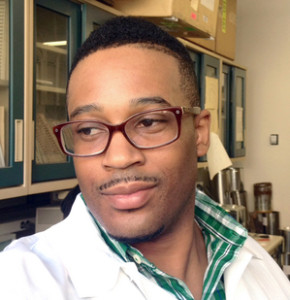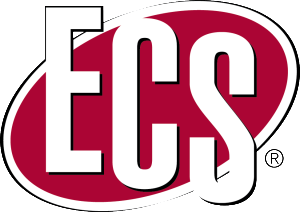
A comparison of the basic ring structure of the carbon compound graphene with that of a similar hydrogen-based structure synthesized by Carnegie scientists.
Credit: Carnegie Science
A new study shows remarkable parallels between hydrogen and graphene under extreme pressures.
The study was conducted by Carnegie’s Ivan Naumov and Russell Hemley, and can be found in the December issue of Accounts of Chemical Research.
Because of hydrogen’s simplicity and abundance, it has long been used as a testing ground for theories of the chemical bond. It is necessary to understand chemical bonding in extreme environments in order to expand our knowledge of a broad range of conditions found in the universe.
It has always been difficult for researchers to observe hydrogen’s behavior under very high pressure, until recently when teams observed the element at pressures of 2-to-3.5 million times the normal atmospheric pressure.
Under this pressure, it transforms into an unexpected structure that consists of layered sheets, rather than close-packed metal – which had been the prediction of scientists many years ago.











